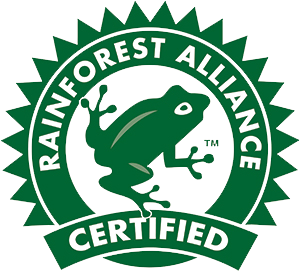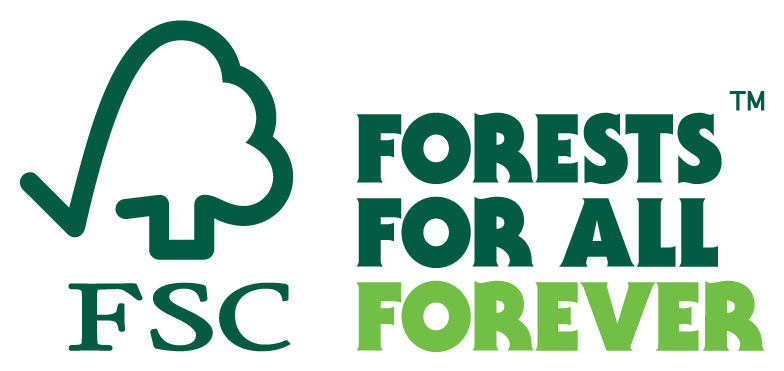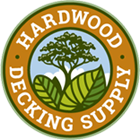FSC Certified Wood Decking
Certified Eco Friendly Wood for Decks
Selective harvesting is the key

People who live in the tropical forest regions of South America and Southeast Asia largely depend on forest resources for their livelihood. The wood industry provides value and jobs through a process of selective harvesting where 20 to 200 commercially viable trees per 1000 acres are extracted. Clear cutting occurs when land is cleared for the purpose of farming and ranching, which is necessary for cultivating land for crops and cattle but is not an economically sound approach to tropical logging like Selective Harvesting.
Many government agencies require replanting areas that have been cleared, typically with Teak or Mahogany. Within about 5 years, these plantation trees can already achieve heights of 15 feet. Seed trees of each species are also left to encourage natural regeneration. In addition, trees of certain sizes are preserved to be cut 20 to 30 years later in the next logging cycle.
Detailed Land Management Plans based on selective and sustainable logging practices are required by government agencies like Brazil’s IBAMA, as well as third-party certification agencies like the Forest Stewardship Council (FSC). Logging areas are divided into sections, and species of trees are identified. Through a process using GPS, detailed maps are produced manually and by computer. View our FSC Certificate.
Selective Harvesting adds value to standing forests and benefits landowners and locals, increasing support for tropical lumber products and decreasing the motivation to convert tropical forests to agriculture.

